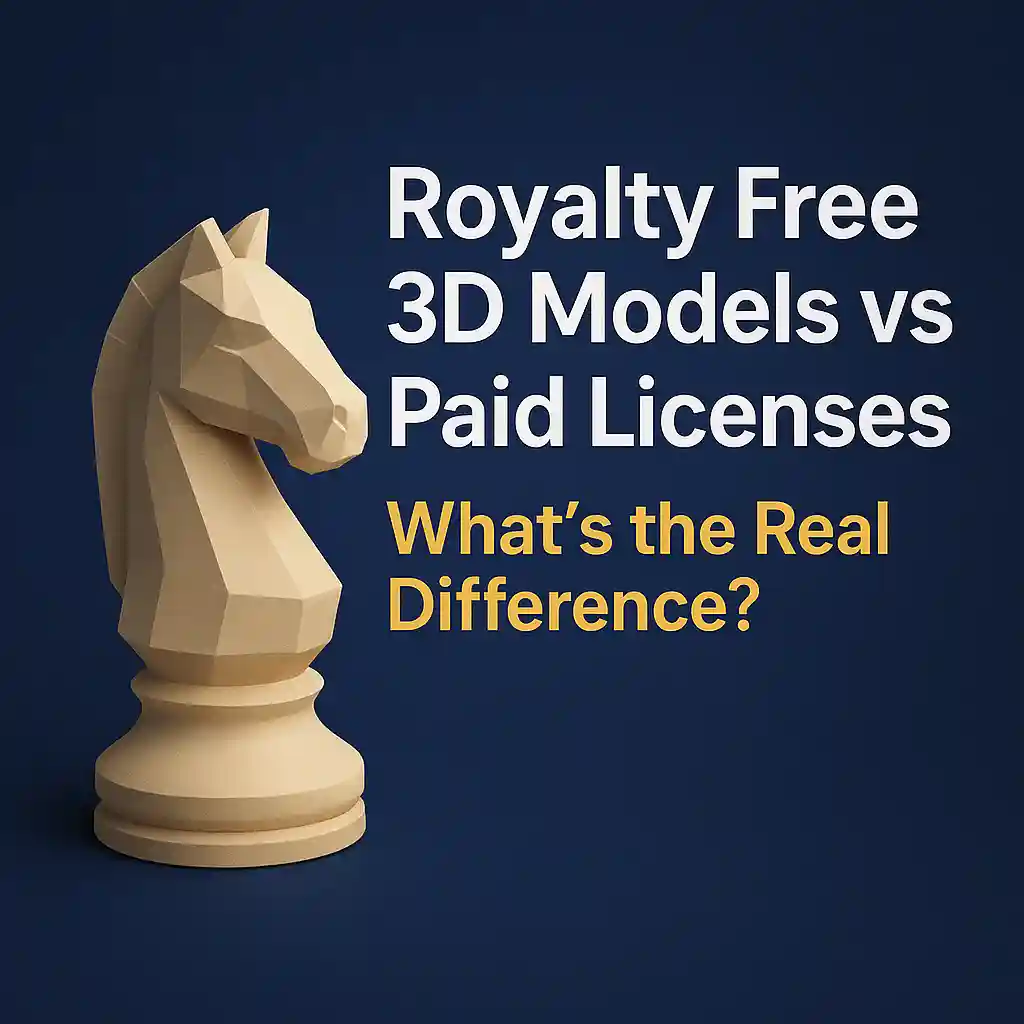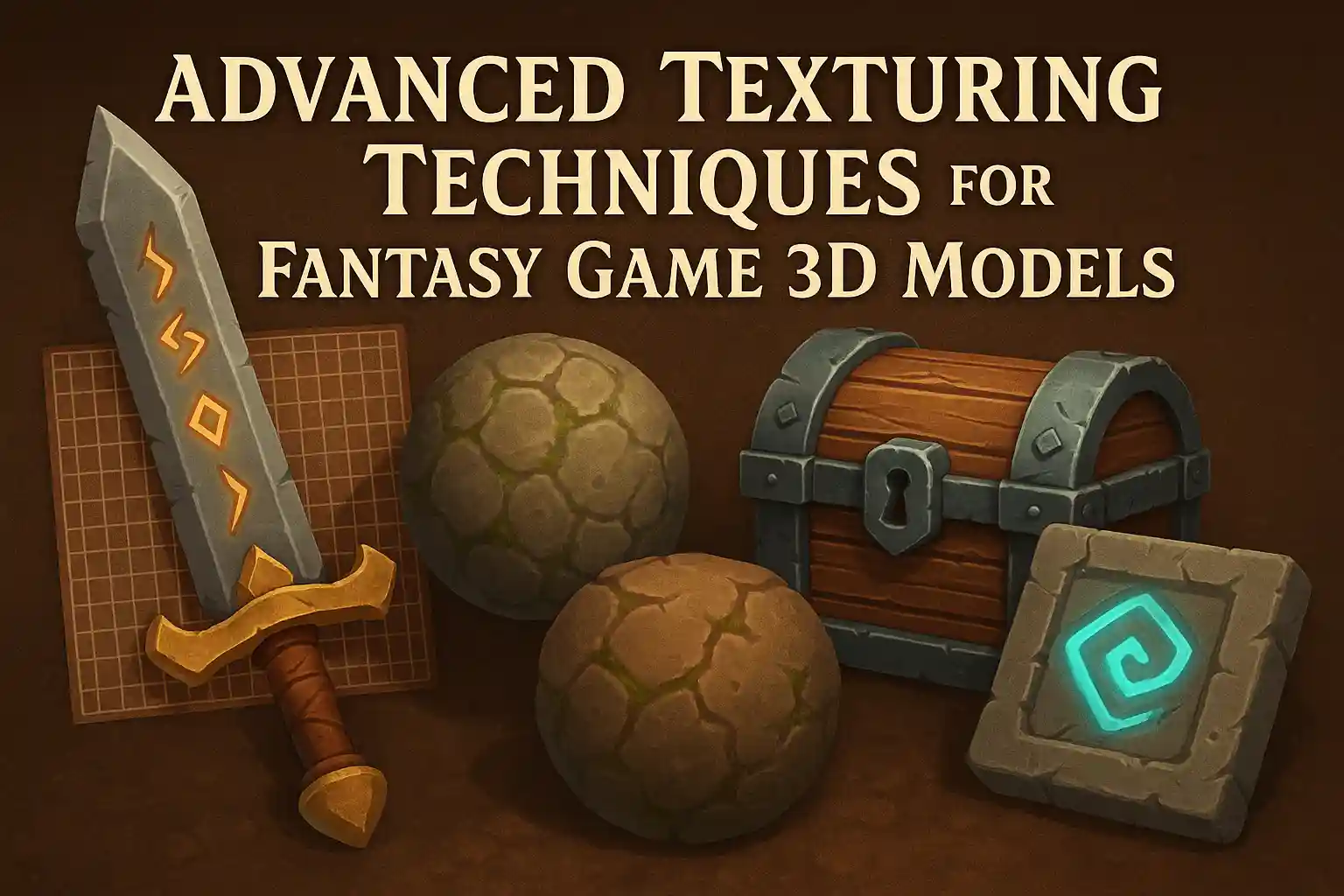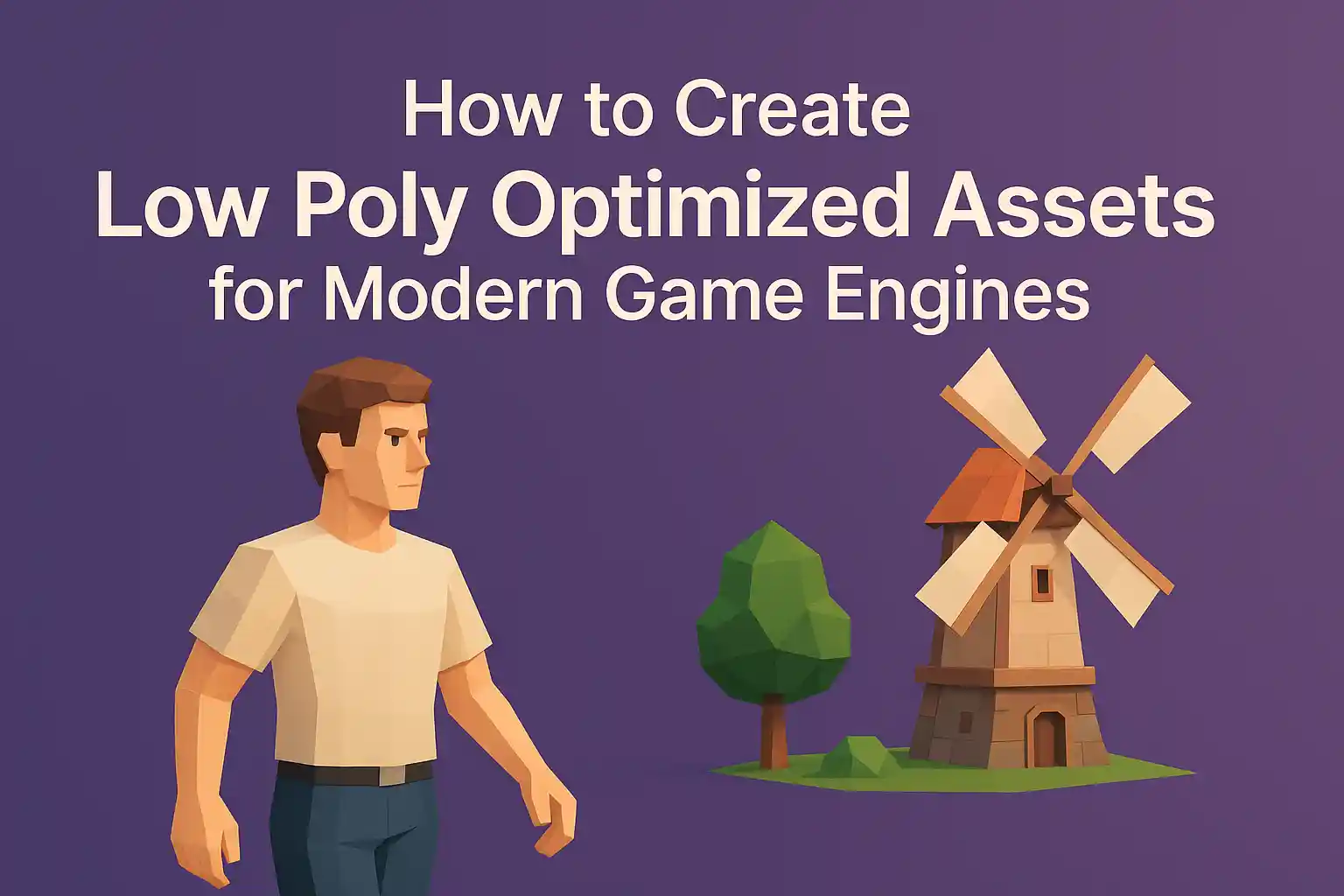Subtotal: $2.00
The gaming world is changing fast. Blockchain technology is shaking things up. It brings new ways to play and earn. Blockchain in modern gaming creates exciting opportunities. Players now earn rewards while having fun. This article dives into the play-to-earn (P2E) model. We’ll explore how it works, its benefits, challenges, and future. Let’s jump in!
What Is Blockchain in Modern Gaming?
Blockchain is a digital ledger. It’s secure, transparent, and decentralized. In gaming, it powers play-to-earn models. Players earn digital assets, like tokens or NFTs, for playing. These assets have real-world value. You can trade, sell, or keep them. Unlike traditional games, blockchain games let you own your rewards.
In 2024, blockchain gaming grew big. Over 61% of Web3 funding went to games, per CoinGecko. That’s billions of dollars! Games like Axie Infinity and The Sandbox lead the charge. They show how blockchain in modern gaming blends fun with profit. Players love the idea of earning while playing.
How Play-to-Earn Models Work
P2E games use blockchain to reward players. You complete tasks, win battles, or level up. In return, you get tokens or NFTs. These are stored on the blockchain. They’re yours to keep or trade. For example, in Decentraland, players buy virtual land as NFTs. They can sell it later for real money.
The model is simple. You play, earn, and trade. Blockchain ensures your assets are safe. No one can take them away. In 2024, 105 games moved to blockchains like Immutable, per DappRadar. This shows P2E’s growing popularity. Blockchain in modern gaming makes every victory count.
Key Components of P2E
P2E relies on a few key pieces. First, there’s the blockchain. It records all transactions. Ethereum and Solana are popular choices. Second, NFTs (non-fungible tokens) act as unique in-game items. Think rare swords or skins. Third, tokens serve as in-game currency. You can swap them for cash or other assets. Players need a crypto wallet, like MetaMask, to store rewards. .
Benefits of Play-to-Earn Gaming
P2E games are a win for players. You own your in-game items. In traditional games, items stay locked in the game. With blockchain, you control your assets. You can sell a rare skin for $100 or more. In 2023, Axie Infinity players earned $1.3 billion in rewards.
Another perk is financial freedom. Players in countries like the Philippines turned P2E into full-time income. Blockchain in modern gaming empowers players. It’s not just fun, it’s profitable. Plus, blockchain’s transparency builds trust. You know the game won’t cheat you.
Creating high-quality games is key to P2E success. Developers need stunning 3D assets to make games shine. Platforms like the Animatics Assets Store help here. They offer a huge library of 3D models, animations, and textures. Developers can craft immersive worlds without starting from scratch. This saves time and boosts game quality, making P2E games more engaging.
Challenges of Play-to-Earn Models
P2E isn’t perfect. It faces hurdles. One big issue is cost. Blockchain transactions, or “gas fees,” can be pricey. On Ethereum, fees sometimes hit $50 per transaction. This scares off new players. Games on cheaper blockchains, like Polygon, are gaining traction to fix this.
Another problem is complexity. Setting up a crypto wallet confuses beginners. Many don’t understand NFTs or tokens. In a 2024 survey by Statista, 60% of gamers said blockchain games feel too complex. Blockchain in modern gaming needs simpler onboarding.
Scams are a risk too. Fake P2E games trick players into investing. Always check a game’s reputation before joining. Despite these challenges, developers are working hard. They want P2E to be fun and accessible for all.
The Future of Blockchain in Gaming
The future looks bright for blockchain in modern gaming. Experts predict growth. By 2027, the blockchain gaming market could hit $65 billion. More games will adopt P2E models. Casual games, like puzzles, are joining the trend. Imagine earning tokens for solving levels!
Big studios are jumping in. Ubisoft and Square Enix launched blockchain projects in 2024. Smaller studios use tools like Animatics Assets Store to compete. High-quality 3D assets let indie devs create visuals that rival AAA titles. This levels the playing field.
Interoperability is another exciting trend. Games will share assets across blockchains. Your NFT sword from one game could work in another. This makes blockchain in modern gaming more connected. Players will love the flexibility.
How to Get Started with P2E
Want to try P2E? Start with a popular game like The Sandbox or Illuvium. Create a crypto wallet, like MetaMask. Buy some tokens, like Ethereum, to cover fees. Research games on platforms like DappRadar to avoid scams. Join communities on X to learn tips from other players.
For developers, explore blockchain platforms like Immutable. Use high-quality assets from places like Animatics Assets Store to build stunning games. Test your game on a testnet to save costs. Blockchain in modern gaming is open to everyone with a bit of learning.
Final Thoughts
Blockchain in modern gaming is changing how we play. Play-to-earn models make gaming rewarding. You earn real assets while having fun. Despite challenges like fees and complexity, the future is promising. With billions in funding and growing interest, P2E is here to stay. Developers can create amazing games using tools like Animatics Assets Store. Players can earn a living while playing. Jump into blockchain in modern gaming today. It’s a whole new world of fun and rewards!







